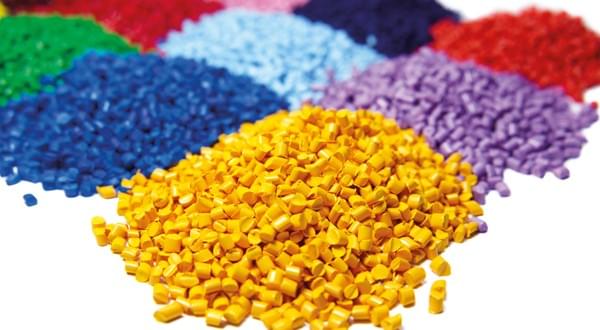LEATHERHEAD, Surrey, UK and AKRON, Ohio, USA – October, 05 2020 – Global demand for high-performance and special effect pigments in 2020 will be 217,100 tonnes, with a value of $6.22 billion, as the industry reacts to a severe short-term fall in demand caused by the global coronavirus outbreak.
New research contained in the Smithers market report –
The Future of High-performance Pigments to 2025 – shows that the 2020 figures represent a 12% drop in value compared to 2019. This has been caused by restrictions on economic activity and industry closures across the world caused by the Covid-19 pandemic, which has impacted nearly all end-users.
Smithers forecasts a gradual recovery for the industry across the first half of the new decade. There is a forecast 5% recovery in the market in 2021; but demand will not return to 2019 levels until 2023 or 2024. Having negotiated this short-term shock and adjusted to the industry imperatives of a post-Covid world, consumption is forecast to reach 255,770 tonnes, with a value of $7.58 billion, in 2025.
Smithers’ study gives expert qualitative and quantitative analysis of the market outlook for 16 different organic, inorganic, and special-effect pigments. This shows that the largest market shares remain for pearlescents, and aluminium and bronze metallic products; which combined in 2019 were 59% of the market by weight. The 2019-2020 decline will affect all pigment classes, but be most pronounced in the special-effects sector.
The short-term fall in demand and future recovery will be linked to the fortunes of major end-use industries. The leading uses for high-performance and special effect pigments are in plastics and coatings; with smaller shares going to inks, cosmetics, and textiles. The impact of Covid-19 is not uniform across or within these however. For example, decorative paints have performed well in H1 2020, as locked down consumers spend time on home improvement; while in contrast demand for automotive coatings has fallen by around 25% worldwide.
As they navigate this new commercial landscape, high-performance pigment suppliers will need to react to multiple business and evolving technology requirements. The principal ones are:
- The impact of major M&A activity reshaping the industry; with DIC buying BASF’s pigment division, and Clariant selling its masterbatch business to PolyOne to create the new company Avient. Further consolidation in the industry is a distinct possibility in the future
- Responding to the increasing sophistication of performance pigment suppliers based in China
- Ongoing demand for pigments with higher chroma that enable superior colour options
- Improvements in pigment grades to speed the transition from traditional milling to
high-speed stirring
- Pursuing greater portfolio diversification through integrating cutting-edge nano-pigment and smart pigment innovations
- Introducing renewable or bio-based performance pigments to meet end-users demands for more sustainable solutions that cut their carbon footprint.
As it enters a new decade and reacts to the major disruption of the global pandemic, The Future of High-performance Pigments to 2025 represents an essential strategic business tool for companies across this industry’s manufacturing and distribution chains. Qualitative analysis and Covid-19 forecasts are supported by an exclusive 2015-2025 dataset segment the market by pigment type, end-use application, and geographic and leading national markets.
Find out more here.
